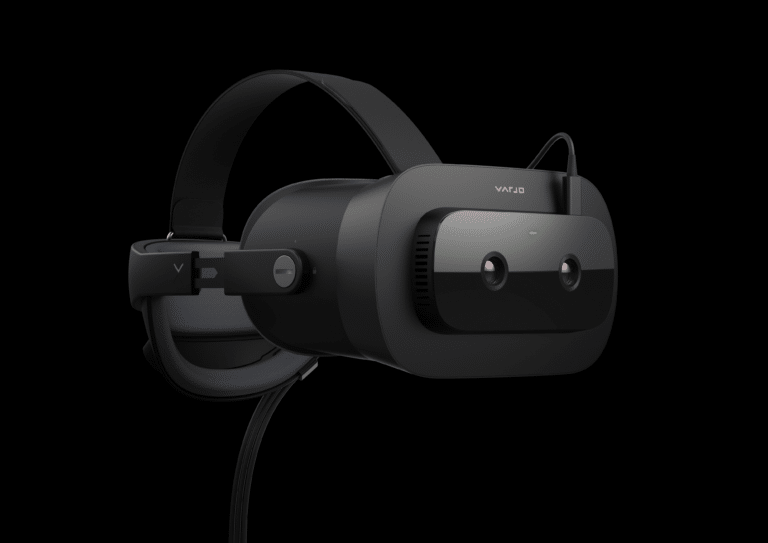
This article is the latest in AR Insider’s editorial contributor program. Find out more or contact us to participate here. Authors’ opinions are their own.
20 for 2020: Augmented Reality Trends and How They May Play Out This Year
by Tom Emrich
2020 has arrived! What can we expect for augmented reality as we enter the first year of this brand new decade? These are the 20 AR trends I will be watching and how they may play out this year.
Want a recap of what happened in AR in 2019? Read my “Reality Check” post which looks back at the 19 trends I highlighted for 2019 and how they actually played out last year.
Industry
#1 The AR industry swallows its Jagged Little “Reality” Pill as it pushes the mainstream AR eyewear target out a couple of years
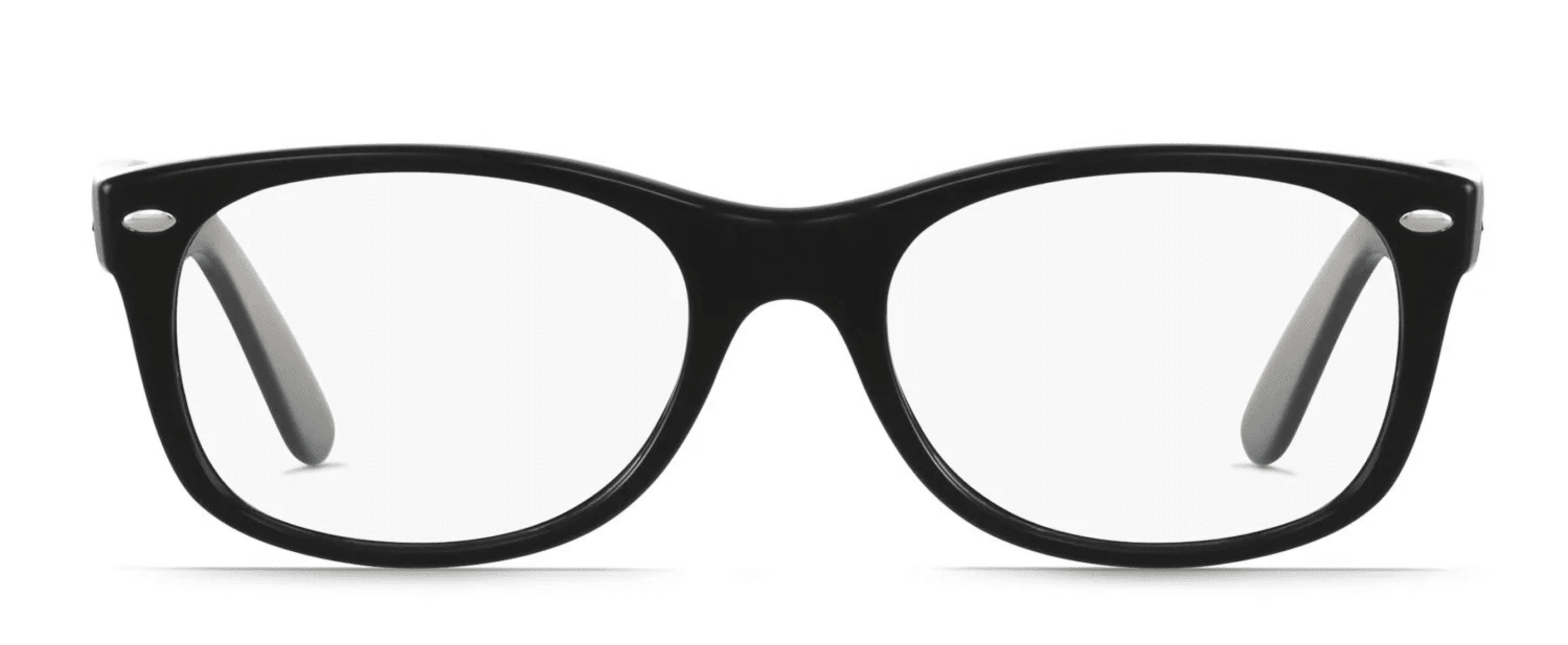
Despite how perfect it would have been to see a huge win in consumer AR smartglasses in 2020 (20/20 vision, get it!), this year the AR industry is forced to take its head out of the “AR Cloud” and come to terms with just how hard it is really is to usher in our wearable AR future. Originally anticipated for 2020, the debut of a pair of AR glasses that would win over the masses is now being pushed out as far as 2023 for some. The good news is that when we stop staring at the stars, we will begin to see the remarkable wins that will happen this year that are making AR a reality for consumers today.
Hardware
#2 Smartphones are becoming even more powerful AR machines with spatial sensors that will unlock advanced AR use cases
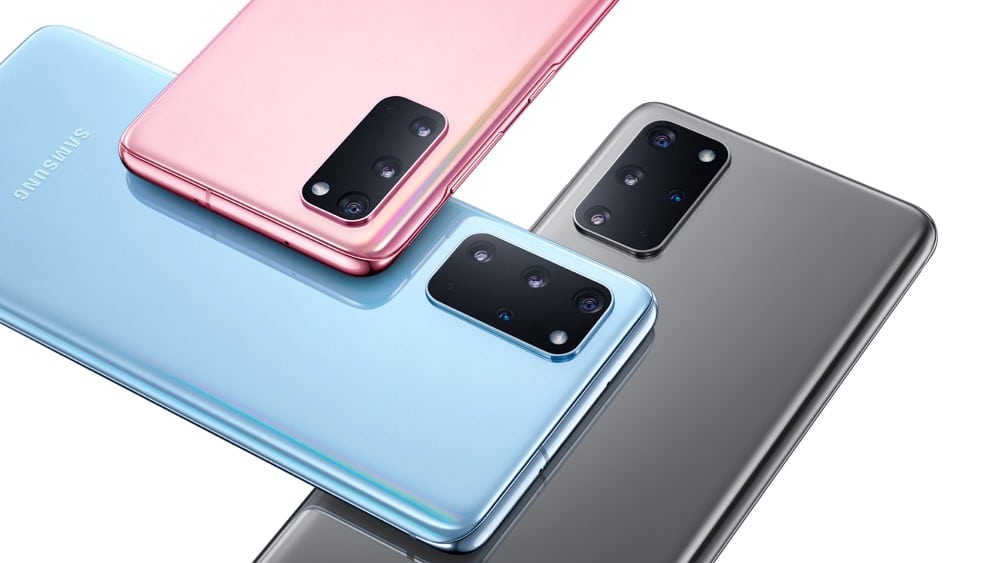
The device that we have been carrying around with us for the past decade is already capable of augmented reality but this everyday device is getting new chips and sensors which will make it an even more powerful AR machine. This year we will see advanced spatial sensors such as ToF (time-of-flight), radar and ultra wideband become a smartphone staple. These sensors will enable next level AR experiences, new content creation capabilities using 3D scanning and new ways for your phone to interact with the world around you.
2020 smartphones will also sport powerful chips and processors designed to power immersive experiences. And we will also see more phones with foldable screens which will dramatically improve the field-of-view for smartphone AR experiences while keeping these devices small enough to fit in our pocket.
But it isn’t just the smartphone to watch this year but also the tablet. The new iPad Pro may be marketed as the perfect AR machine with a 3D-sensing rear camera, a powerful A13+ processor and possibly new display technology which will help the device be lighter than ever.
#3 Consumers will get more smartglasses options than ever but value propositions will remain unclear
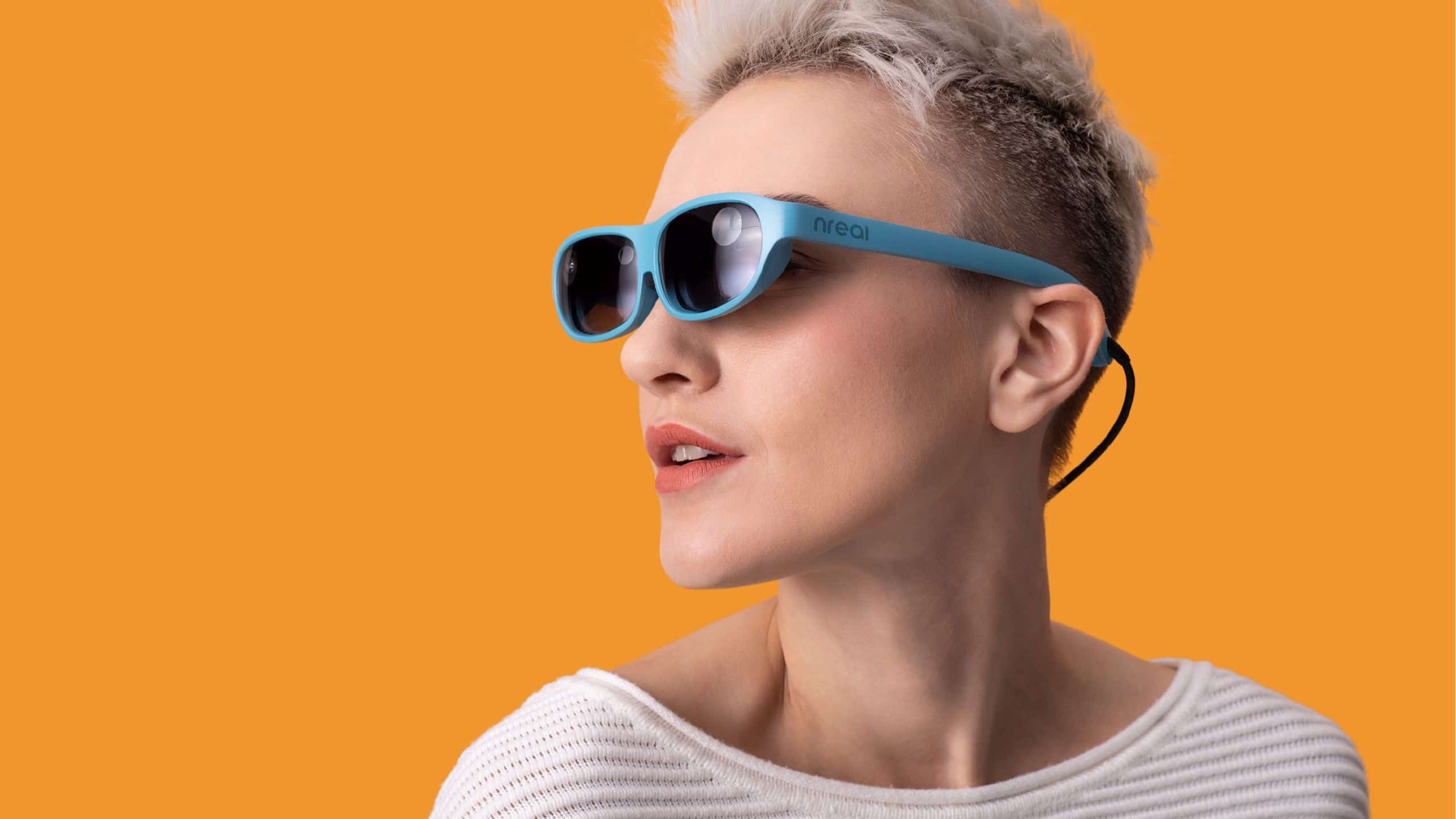
In 2019 we saw just a few connected eyewear options for consumers. This year, consumers will have a lot more devices to choose from, possibly even some from luxury fashion brands. These devices will be the most fashionable and wearable we have seen, with sleeker and lighter designs offered in various colors and styles and even bendable arms like real glasses. To achieve this, they need to rely on the processing power of the smartphone making them more of a smartphone accessory rather than a replacement. AR eyewear as an accessory is a great go-to-market strategy for consumers whose smartphones sit at the center of their modern day life.
While we will see advanced hardware hit the shelves, what may be missing are clear use cases to convince consumers to purchase and wear the device. This fuzzy value proposition and higher than desired price point will greatly limit consumer adoption, narrowing it to early adopters and enthusiasts. To help define value, the device manufacturers will look to the developer community. The apps created, and the user interest expressed this year, will help pave the way for consumer AR smartglasses to succeed tomorrow.
#4 Advancements in optics will enable “good enough” AR glasses to be made while showing us how far away we are from true all-day AR eyewear

The optics and photonics community are literally trying to break the laws of physics to give us the components we need to create fashionable all-day AR glasses.
This year we will see waveguides combiners get thinner and more efficient, offer a “good enough” field-of-view and become manufacturable in high volumes at consumer-level costs, thanks to an entire industry ecosystem coming together to allow such developments. Quantum dots and microLEDs will offer brighter and more energy-efficient displays lengthening battery life and reducing the need for bulky projectors which generate a lot of heat. Meanwhile, waveguide grating alternatives, such as reflective pin mirror lightguides, are getting ready to move out of the concept phase.
As monumental as these advancements are, they also shine a light on just how hard it is to build AR glasses. To quote Michael Abrash, “The honest truth is that the laws of physics may make it impossible to ever build true all-day AR glasses; there’s no Moore’s Law for optics, batteries, weight, or thermal dissipation.”
#5 VR headsets are getting all the right ingredients for stereo video passthrough making it a trojan horse for headworn AR
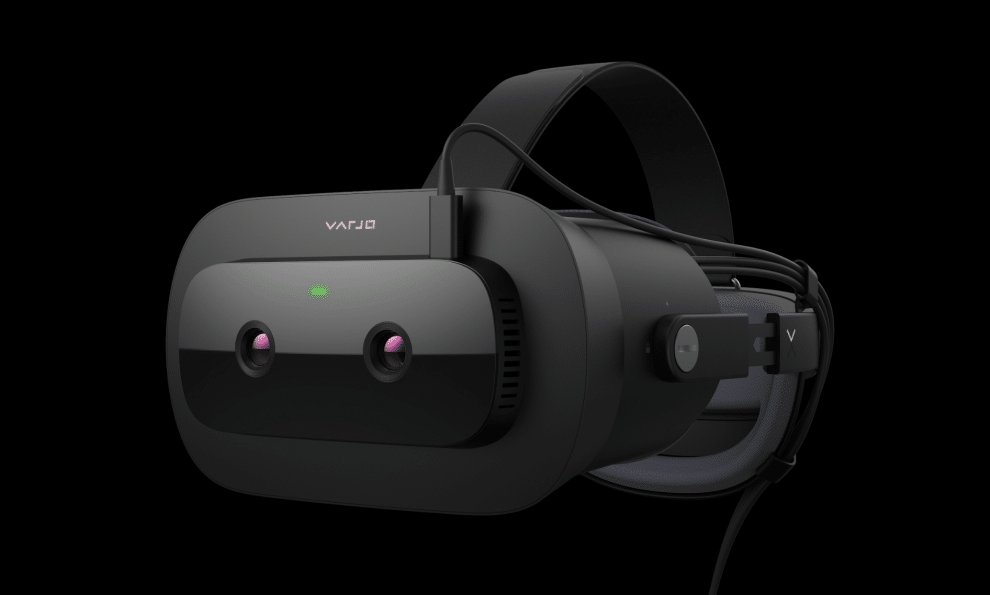
Virtual reality devices are beginning to double as AR headsets thanks to stereo video passthrough. Next generation VR devices are getting updated with all the necessary ingredients to make video passthrough possible including high resolution displays, powerful cameras, depth sensors, GPUs and eye-tracking. The combination of these ingredients are solving for some of the biggest challenges video passthrough faces such as latency. As we wait for optical see-through devices to improve, VR devices with stereo video passthrough will deliver headset AR with the widest field-of-view and visual fidelity with the bonus of true “mixed reality”. This year will see a lot of activity in video passthrough both aimed at the enterprise and at the consumer.
#6 More organizations will launch customized AR headsets to better suit the needs of their industry
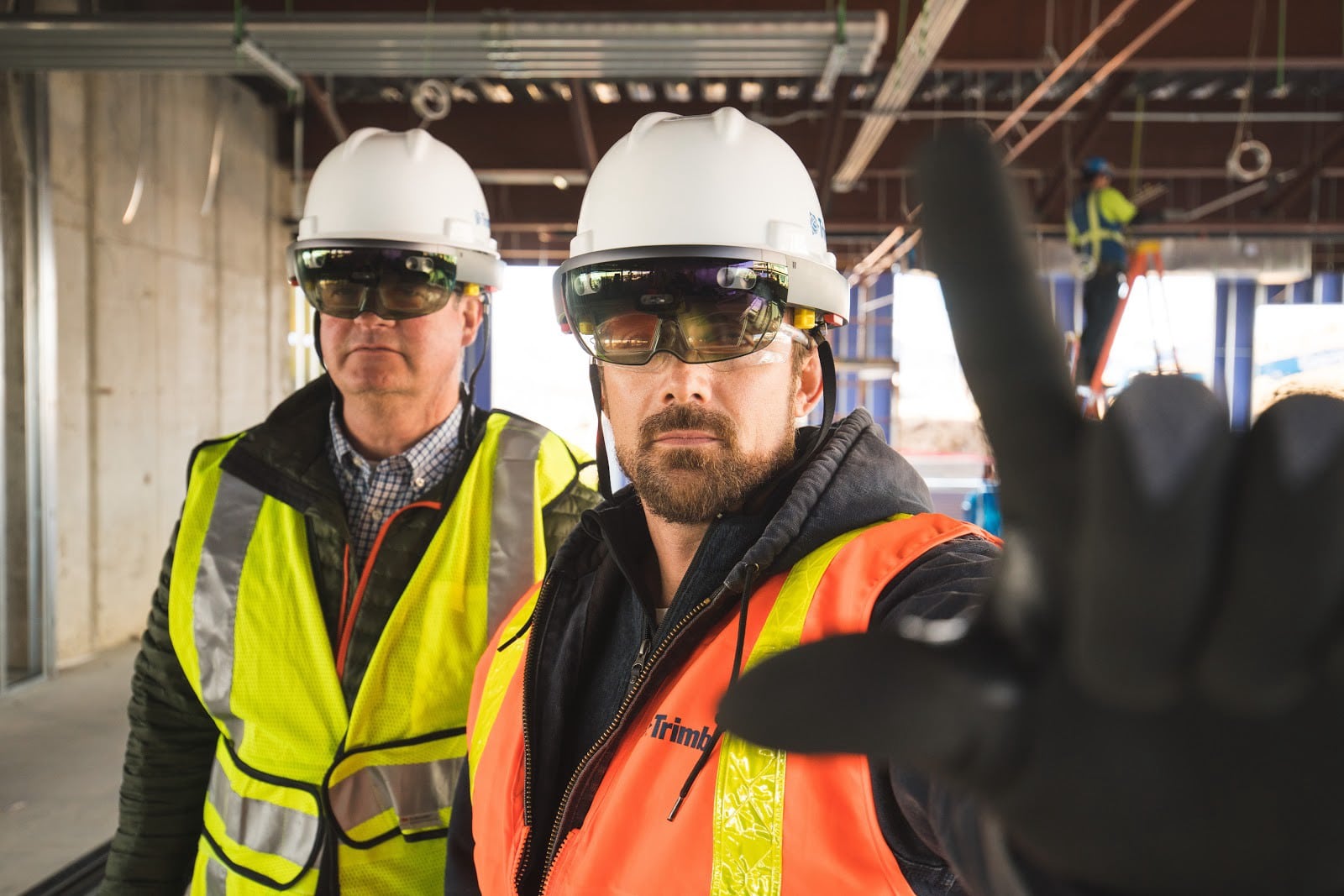
Reference designs from Flex, Qualcomm and Microsoft offer the enterprise the resources they need to create AR headworn devices that meet the specific needs of their industry. We have already seen Trimble customize the HoloLens for the construction industry and the military make its adjustments for the army. This year, we may see even more organizations leverage the lessons they gained from AR headworn pilots to customize these devices to meet the specific nuances of their industry and in turn maximize the upskilling of their workforce.
#7 Holographic imagery will deliver a new kind of AR to the masses creating out of this world experiences with no user device required
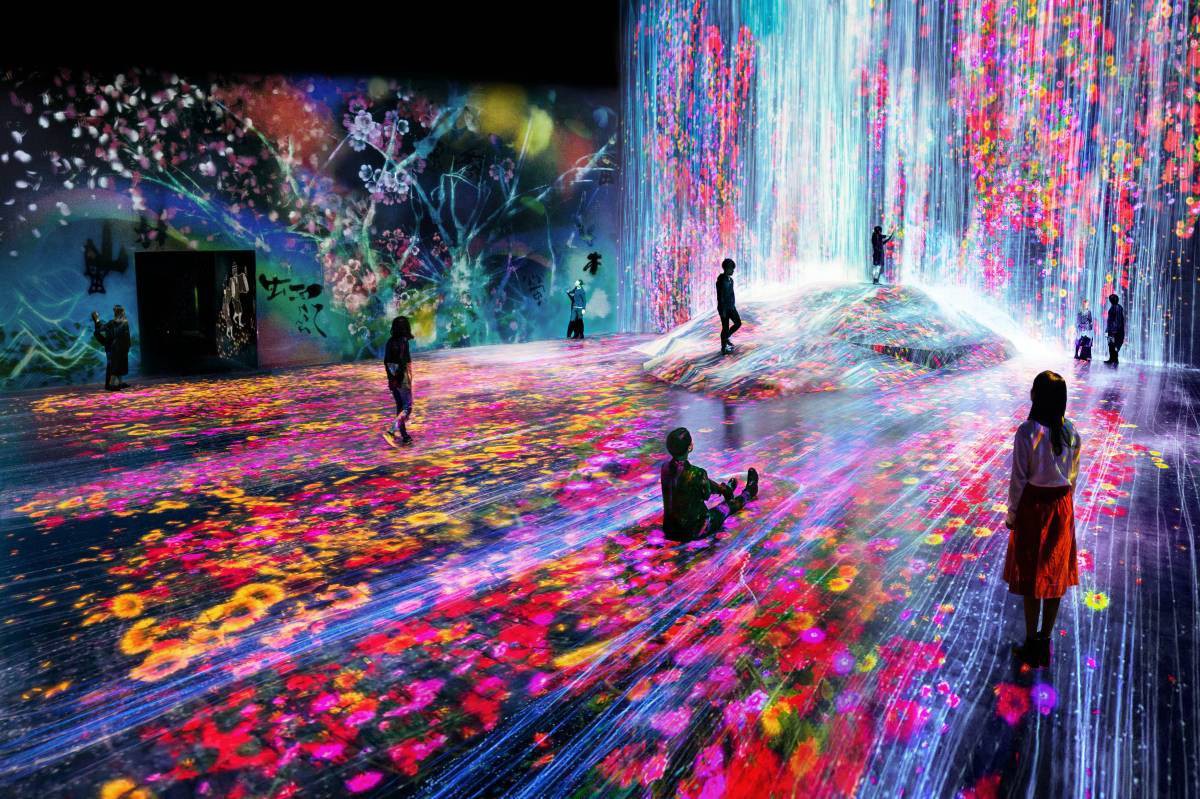
2020 will be a big year for holographic projection and displays, an AR category which doesn’t require the user to have a headworn or handheld device. Projection mapping, light field and eye-sensing 3D displays and pepper’s ghost solutions will be on the rise especially for large scale events and venues such as stadiums, concert halls, theaters, museums, malls and airports. These technologies will especially be key for the retail industry which is currently undergoing an experiential transformation to meet the demands of the experience economy. They will also normalize the occurrence of “holograms” which are already performing on stage and greeting travelers at the airport.
While most of these technologies will be experienced by consumers in large spaces, we may also see somewhat affordable consumer solutions offering users a new way to experience memories and way to bring their virtual assistants to life.
This “in your face” augmented reality category will introduce many to the wonder and awe of AR which will have a direct impact on the adoption of mobile and eventual “on your face” options.
#8 Hearables will continue to be the dominant consumer wearable but most won’t be equipped to deliver audio AR
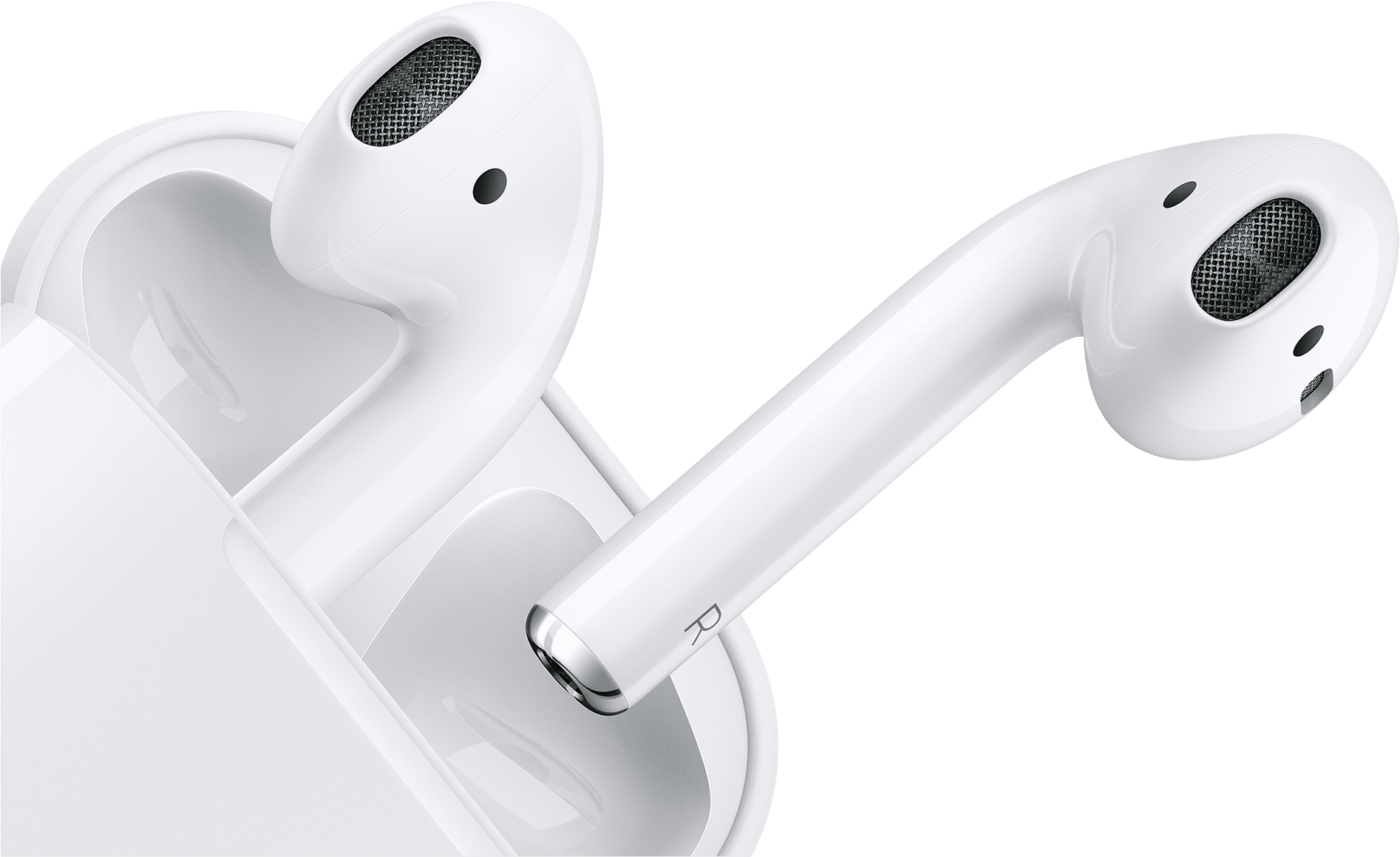
2020 will be another great year for hearables with AirPods continuing to lead the charge. The growing adoption of wearables, including hearables and smartwatches, is a very positive thing for headworn AR as the masses continue to get comfortable with wearing tech on their body and face. I suspect this will be an incremental year for most hearables as they gain new sensors for fitness tracking, improved noise cancellation and enhanced access to digital assistants. But lack of access to this platform by developers, including its sensors, limit its augmented audio potential (Bose AR being the exception).
Platforms, Tools & Infrastructure
#9 2020 will be a huge year for the immersive web as developers look to the browser for reach and adoption

With standards and browser updates gradually rolling out and development platforms like 8th Wall making it possible to build WebAR experiences using popular web frameworks, the web is becoming a powerful destination for augmented reality.
2020 will be a significant year for WebAR as developers look to the open web as a frictionless way to engage users at scale. The ease, accessibility and reach of the web makes it an ideal place to create and update immersive content in real time. This year will see an influx of AR content populate the web as developers push the limits of WebAR to create complex and meaningful content that is just a tap of a link away.
#10 Capture solutions and studios will equip creators with ways to create 3D content to use in AR
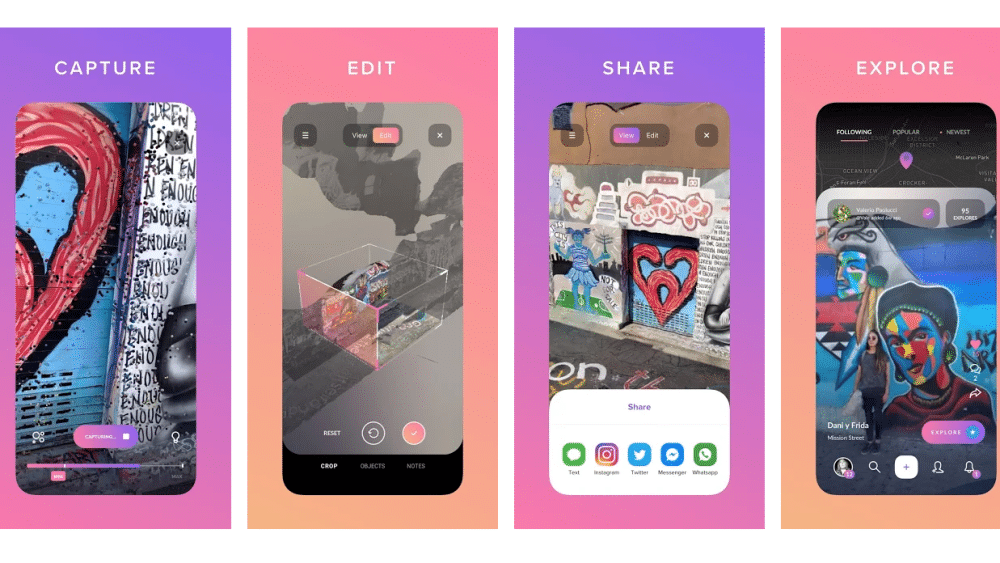
A wide variety of 3D scanning solutions leveraging the smartphone camera will offer users a way to capture themselves, objects and the world around them. 3D assets are essential ingredients to create immersive experiences and while the quality of these early captures may leave room for improvement, acclimating users to a new form of content creation to increase the inventory of 3D assets will be a big win.
Meanwhile, capture studios, which are popping up around the world, will offer agencies and brands a higher quality method to create volumetric video of people to be used in AR, VR and 3D experiences.
Beyond capture, the end-to-end 3D asset pipeline including optimization and management will be a critical focus in 2020.
Continue reading predictions 11-20…
 Tom Emrich is VP of Product at 8th Wall. A version of this post originally appeared on his Medium, excerpted here with the author’s permission.
Tom Emrich is VP of Product at 8th Wall. A version of this post originally appeared on his Medium, excerpted here with the author’s permission.
